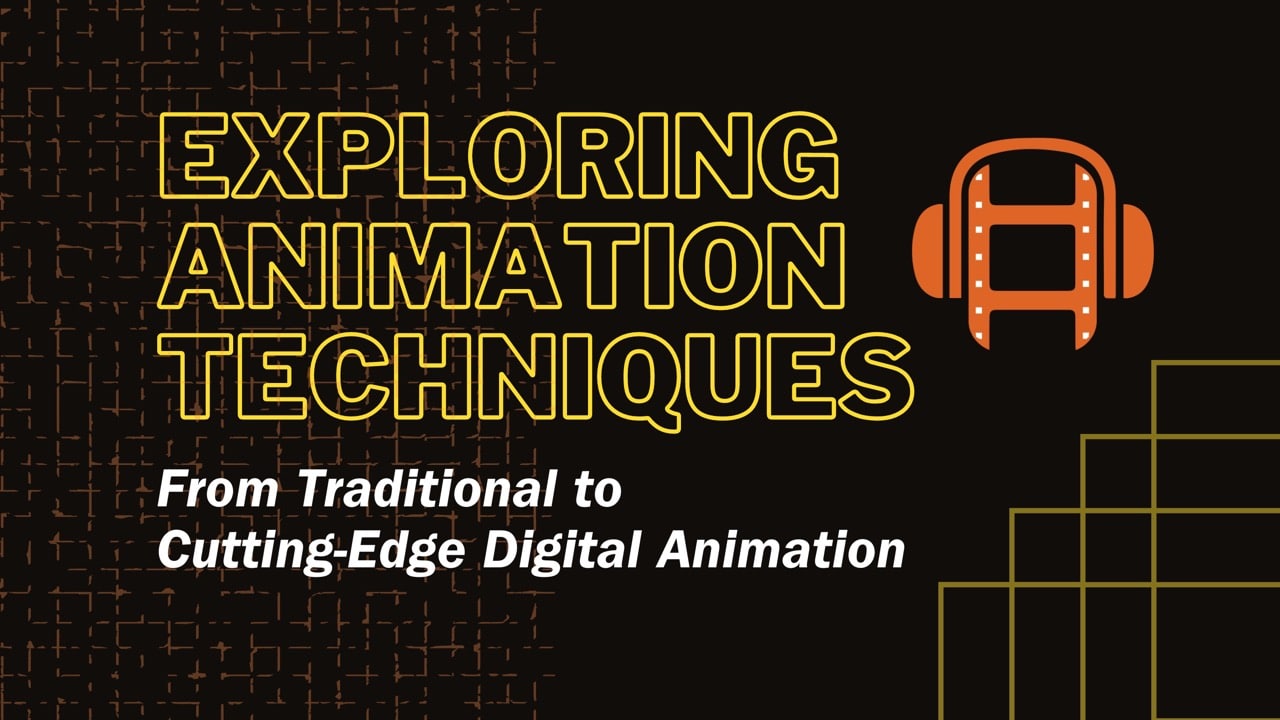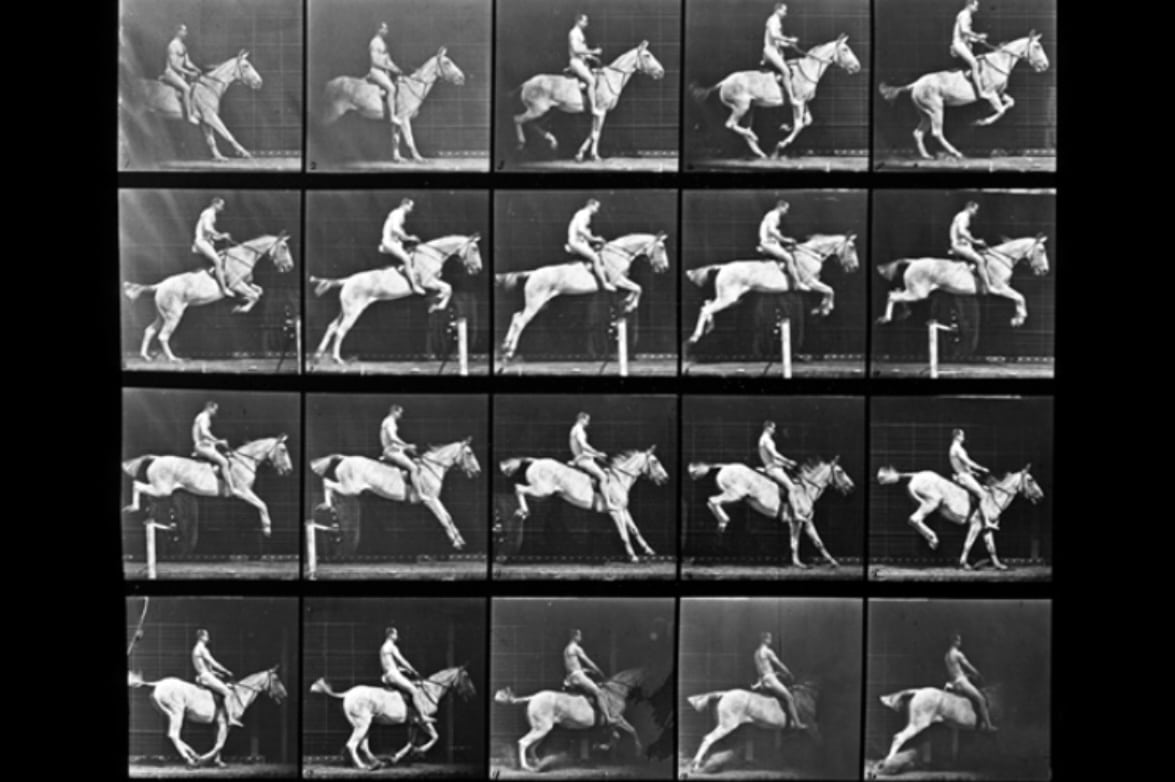
Muybridge’s frame-by-frame experiment
Animation has come a long way since its inception, evolving from simple drawings on paper, to incredibly complex digital creations that have proven to captivate audiences worldwide. Taking a journey through animation’s history showcases the dynamic progression of techniques; with traditional frame by frame, hand-drawn methods evolving into the advanced digital designs that define the industry today.
The Origins and Evolution of Traditional Animation
The roots of animation can be traced back to the earliest days of cinema when pioneers like Eadweard Muybridge experimented with sequential, individual photographs to create the illusion of motion. Muybridge is seen as the inventor of the ‘motion picture’, with his invention the zoopraxiscope carving a path for the future of projected animation and live-action film alike. Once it was acknowledged that individual still images could be projected together in a sequence to create the illusion of movement, more applications of this idea were quickly experimented with; including hand drawn sequences that would become “animation”.
Traditional, drawn animation was (and is) a painstaking process, where teams of artists would draw precise images on paper, then transfer to “cel” sheets (short for celluloid). The cel sheets were then photographed by special cameras to be placed on a film roll, allowing for projection of the images. While the first “primitive” traditional animations were incredibly labor intensive, the artists who took the time and effort to perfect the process would pave a path for the future of the ridiculously successful animation industry.
For example, traditional animation made Disney into the industry leader we recognize today, its success allowing the company to branch out to mediums other than 2D, hand drawn animation. In 1937, “Snow White and the Seven Dwarves” was the first full length, hand drawn animated film to be released by anyone. Other major studios at the time also adopted traditional animation as a revenue stream, like Warner Brothers. Iconic, timeless characters like Mickey Mouse and Bugs Bunny were conceived by artists utilizing the techniques of traditional animation.
Alongside what is defined as “traditional animation”, other animation styles started to pop up and become refined for the silver screen as well. Animation styles like stop motion and claymation; where physical (versus drawn) assets are positioned and photographed on a frame by frame basis; started to see some traction in the industry, even before successful feature length animated films.
Groundbreaking films like “King Kong” from 1933 utilized a combination of live action filming and stop motion animation. In this example, stop motion images of Kong were layered with live action film; combined with a sprinkle of “forced perspective”, the creators produced an other-worldly experience for their first audiences. The stop motion animation and practical effects of a “giant” Kong stomping around New York City were revolutionary for the history of special effects in film; as well as proof of versatility in animation applications.
Traditional animation, stop motion animation, and other early animation styles were utilized heavily for years, up to the modern day; though techniques over the years needed to become more streamlined as projects grew in size.
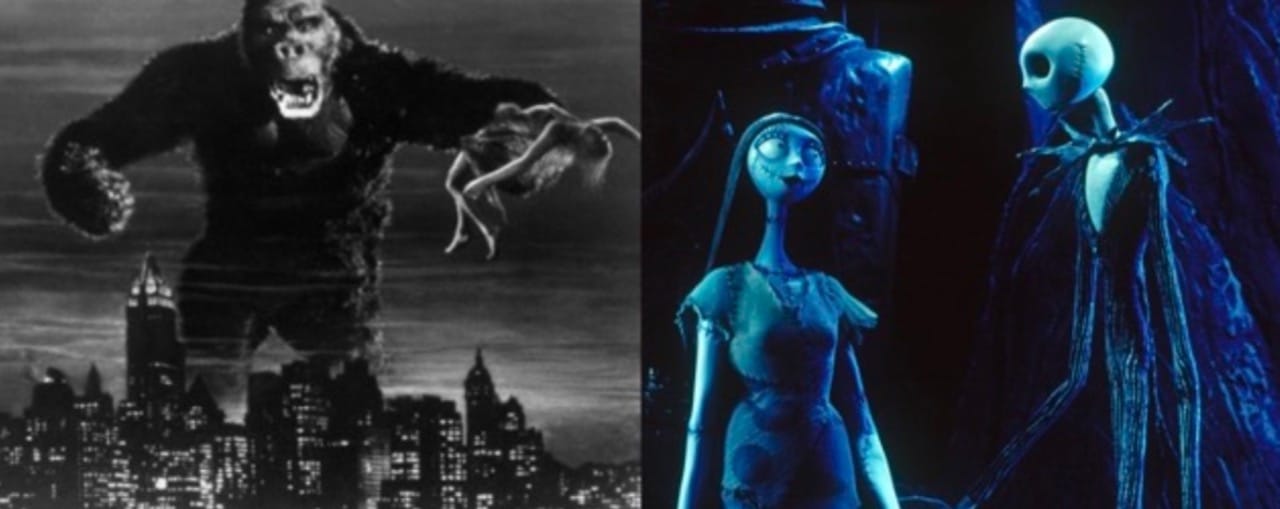
Stop motion techniques still being used 60 years apart
Tim Burton’s “The Nightmare Before Christmas” (1993) showcases the captivating allure of stop motion animation 60 years after the original “King Kong”. Even in 1993, one minute of Tim Burton’s classic took about a week to shoot, with about 110,000 individually shot frames total. The tactile nature of the stop motion animation technique brings a unique charm that drawn or modern digital animation often struggles to replicate.
The Leap into the Digital Age
The emergence of digital technology revolutionized the animation landscape at a time when the rest of the industry was also being revolutionized by digital filmmaking. 2D vector animation emerged as a bridge between traditional and digital techniques.
Software like Adobe Flash enabled artists to create fluid animations using vector graphics. New technology brought flexibility and efficiency to the process, delivering audiences classics like “The Incredibles” from 2004 and modern TV favorites like Cartoon Network’s “Adventure Time” series.
While 2D vector animation became more prevalent, industry newcomer, “3D computer- generated animation” was making its move to center stage; marked by Pixar’s groundbreaking success with “Toy Story”. New 3D animation techniques involved virtual 3D models, textures, and lighting to produce dimensional, immersive animations.
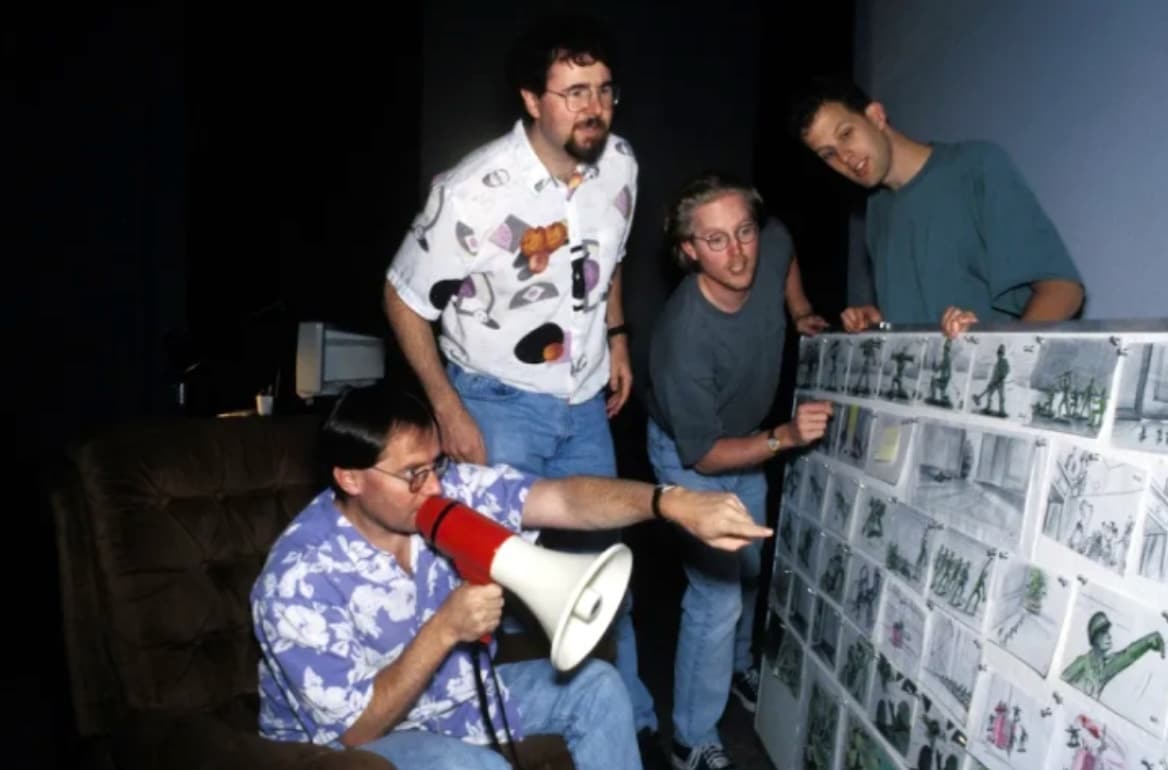
“Toy Story” creators working on animation storyboards
Trends towards 3D animation popularity led some studios to move away from 2D animation, viewing it as a thing of the past; after all it had been around for nearly a century. Disney closed its 2D animation studio in 2004 after decades of successful 2D classics being released from the department. The marriage of technology and artistry birthed a new era, with movies like “Frozen” (2013) showcasing the limitless possibilities of 3D animation.
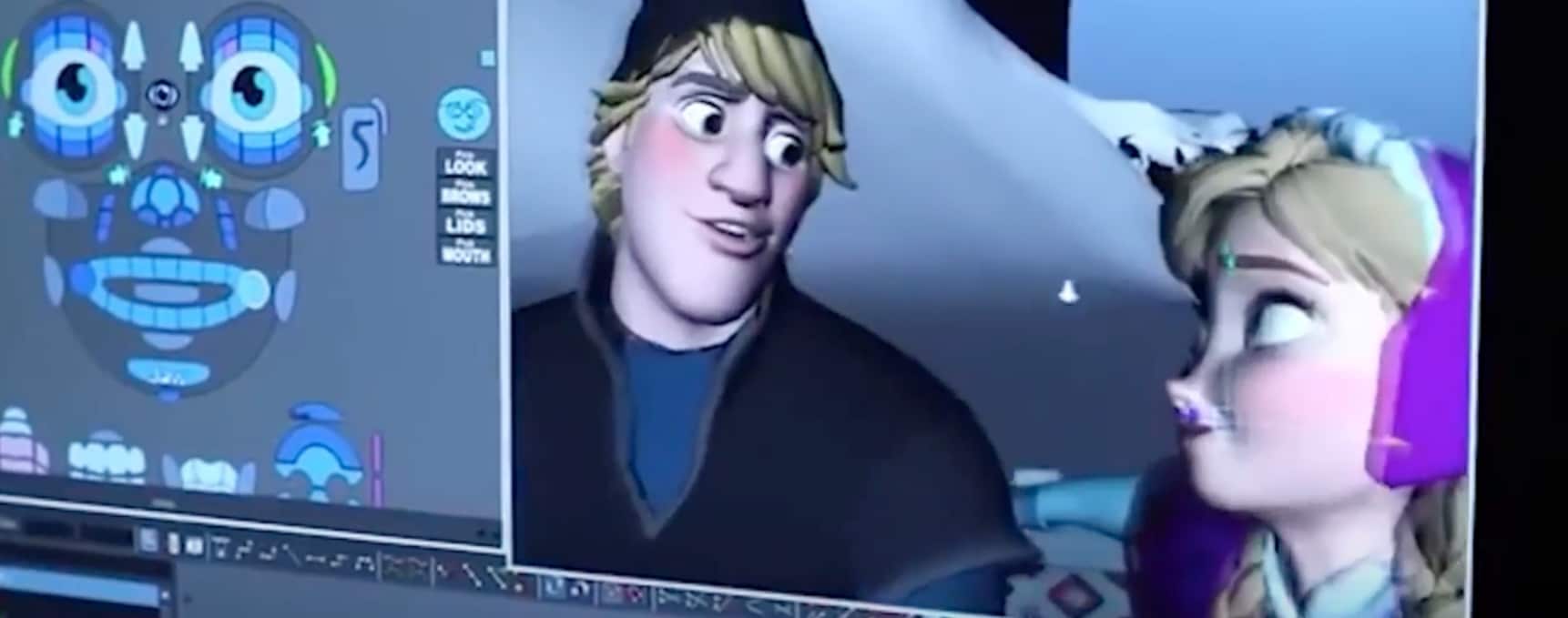
“Frozen” took audiences by storm with it’s beautiful 3D animation technologies and storytelling
The continued progression of the animation industry led to even more animation styles including rotoscoping and motion capture animation. As video games continued to gain traction, these animation techniques started to take that industry by storm as well; further propelling animation advancement. Animation techniques like motion capture really thrust animation into the digital age.
The technique involves recording real actors’ movements and translating them into digital characters. Films like James Cameron’s “Avatar” (2009) demonstrate the seamless integration of human motion into animated worlds, adding a layer of realism that resonates and feels more relatable to audiences.
Advantages and Challenges of Animation Styles
Each animation technique comes with its own set of stylistic and technical advantages and challenges. Traditional animation embodies the handcrafted essence that appeals to many viewer’s nostalgia, but it demands extensive time, artistry, and effort. Digital animation techniques offer efficiency and flexibility, but there’s a risk of losing the tactile charm of traditional methods. Some studios, like Sony, have experimented successfully with combining traditional and modern animation methods. Sony’s “Into the Spider-Verse” films utilize a unique combination of animation techniques, creating a beautiful compromise between methods, all while maintaining “comic book” aesthetic and nostalgia value for audiences.
2D vector animation streamlines the process of creating complex movements and characters, offering a balance between traditional and digital aesthetics. 3D animation is popular with the youngest generations, and it’s primarily what is being released nowadays due to its profitability. 3D animation techniques can also provide unparalleled realism; but to achieve that realism technical expertise, sophisticated software, and painstaking attention to detail is necessary. Motion capture merges the real with the virtual seamlessly, yet it demands meticulous attention to detail from filming to post-processing to ensure a life-mimicking, immersive result.
Pro’s and con’s to each technique aside, each rendition of animation; all evolved from the original idea of hand drawn animation; have applications that prove successful across the entertainment industry.
MediaTech’s Animation Program: The Future of Animation
Technology in the animation industry is constantly evolving, and animators need to be able to adapt to new techniques in order to stay ahead of the curve and remain consistently employed. MediaTech Institute’s “Animation and Visual Effects” program prepares students to master a variety of animation techniques, including those we’ve mentioned thus far.
Students learn the fundamentals of animation, as well as the latest software and techniques from seasoned industry professionals. Our students will have the opportunity to work on real-world projects, bestowing the skills and hands on experience they need to succeed in the animation industry.
As a result of our comprehensive curriculum, MediaTech graduates are left skilled in a variety of animation and visual effects techniques. If you are passionate about animation and want to be a part of the future of the format, then MediaTech’s “Animation and Visual Effects” program is the perfect place to achieve your goals.
Take a tour
Are you ready to turn your PASSION into a PROFESSION? Daily tours are available from 10am-5pm and we welcome walk-ins. Each tour will last approximately 45 minutes.
If you’d like to book a tour in advance, you can book by calling the campus directly or by using the scheduling buttons to book online and choose a time that works best for you.

